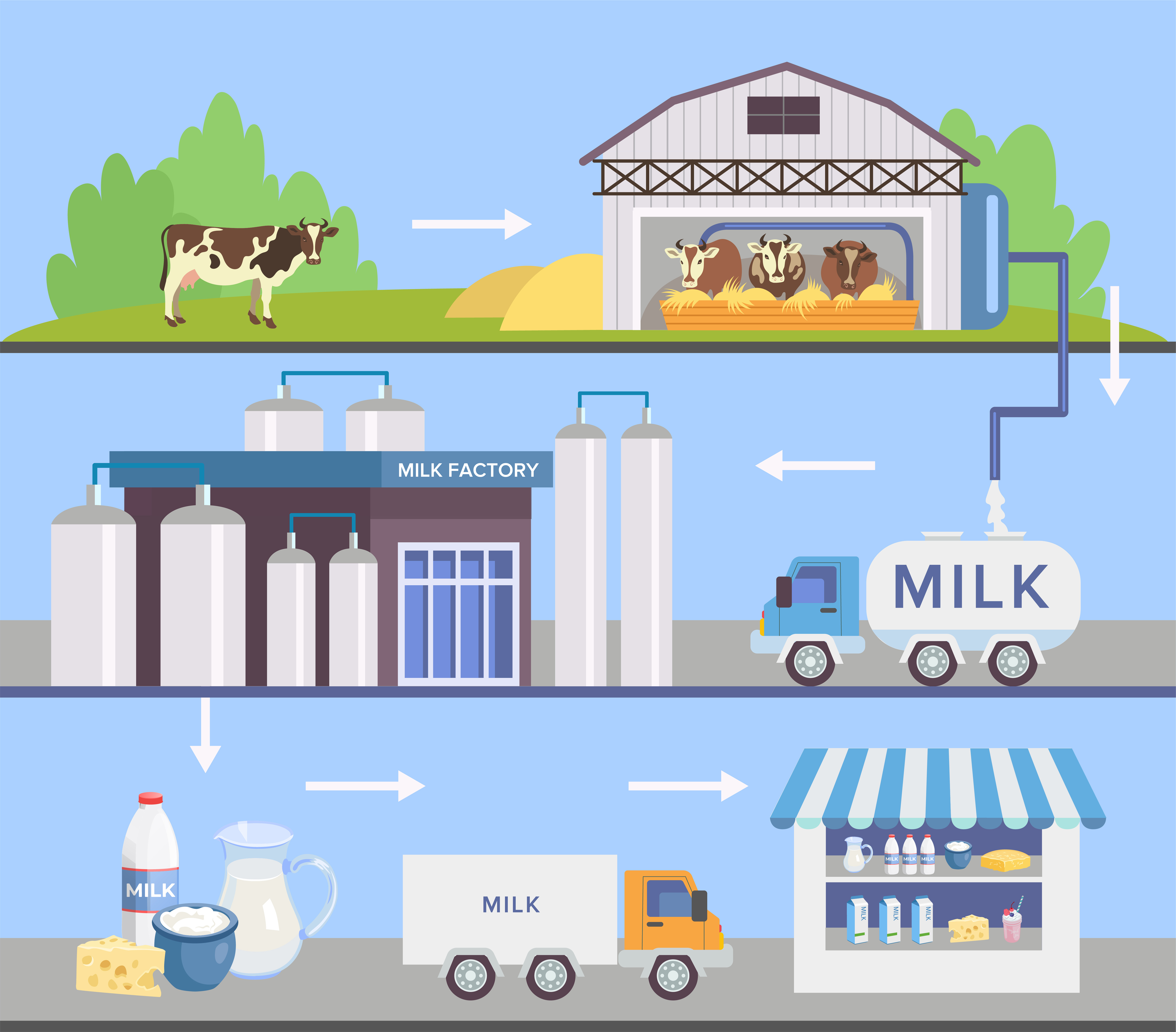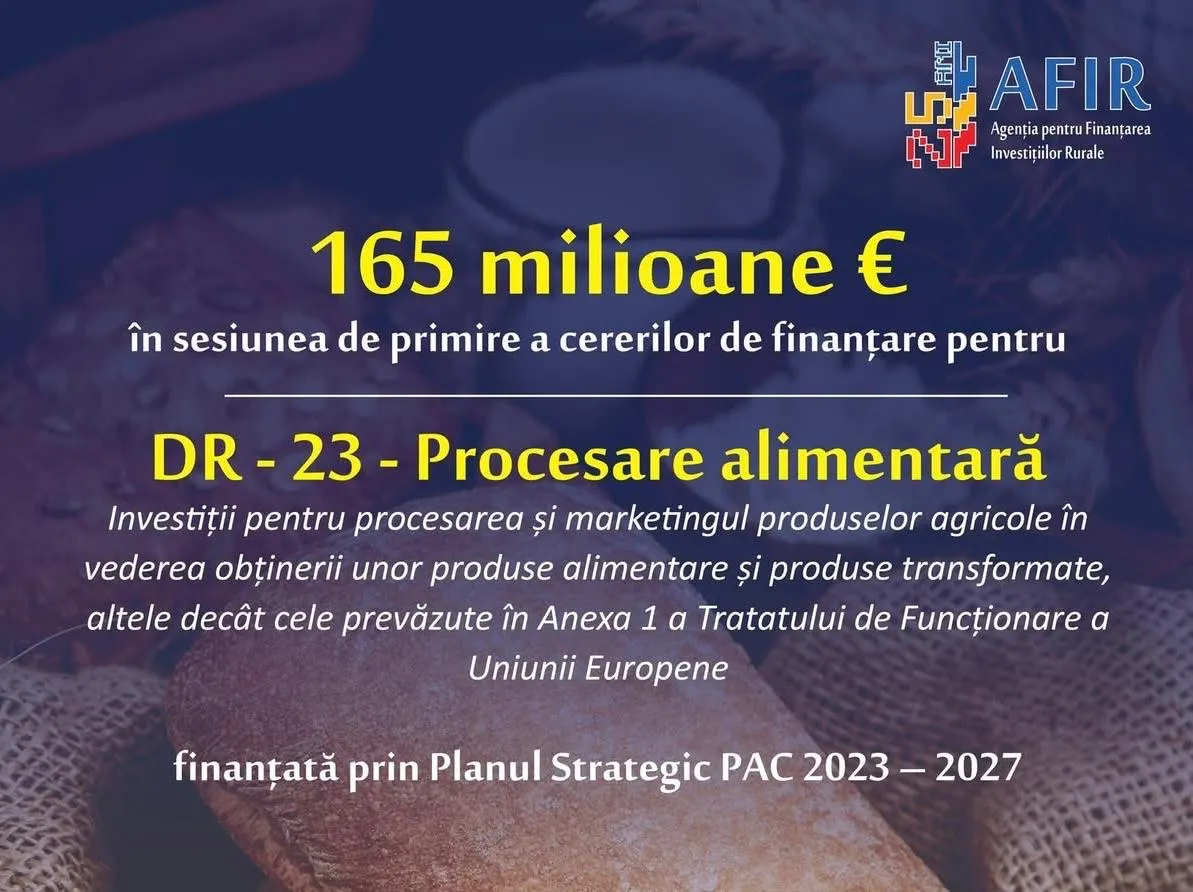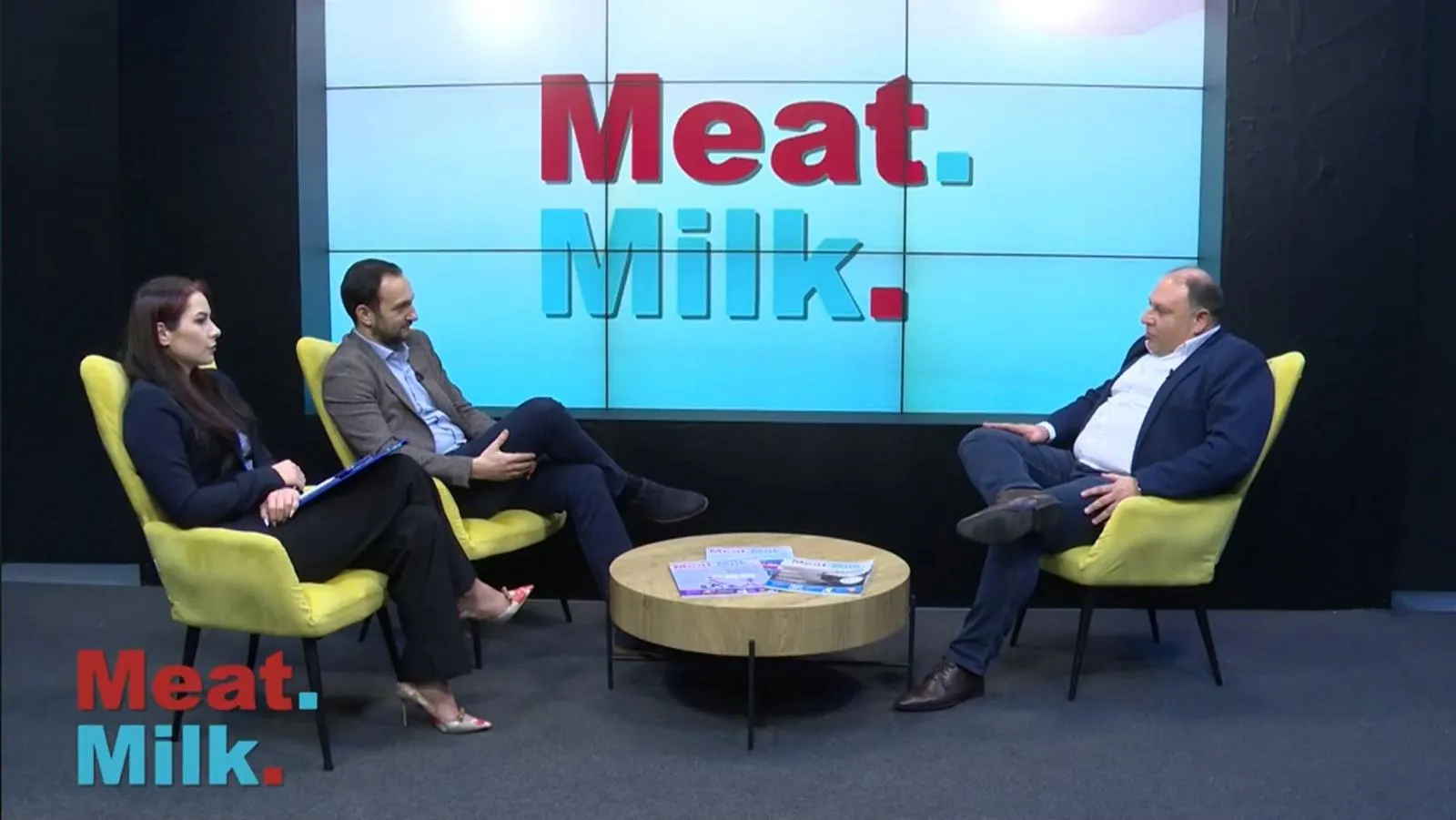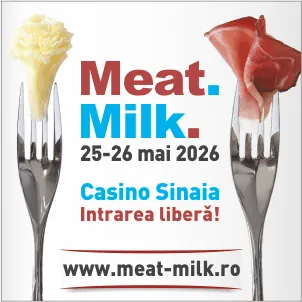
In Romania, raw milk production reached 1.18 billion liters in 2023, according to the National Institute of Statistics (INS).
Of this amount, only 65% was collected by authorized processing units. Industrial milk processing follows a standardized workflow, regulated by European legislation (Regulations 853/2004 and 854/2004), with a strong focus on microbiological control and hygiene.
The main stages are:
- Reception – The milk is analyzed upon arrival at the factory for: delivery temperature (<6°C), acidity (pH 6.6–6.8), and total germ count (<100,000/ml). Milk that does not meet these criteria is rejected.
- Filtration and cooling – Performed immediately after reception; each minute of delay can increase microbial load by 5–7%, according to the ANSVSA Guide (2021).
- Pasteurization – Carried out using the HTST (High Temperature Short Time) method: 72°C for 15 seconds. This step reduces pathogenic flora by 99.999%, according to EFSA.
- Homogenization – Mainly applied to milk destined for UHT processing or yogurt production; it reduces the size of fat globules to below 2 µm, preventing separation and improving digestibility.
- Packaging – Conducted in sterile environments using certified equipment. TetraPak and PET are the most commonly used packaging formats, and modern systems can process up to 12,000 liters per hour with a single operator.
Studies conducted by the IDF (International Dairy Federation) show that strict adherence to these steps reduces technological losses to below 2% and increases shelf life by 25% compared to manual processes. Modern processing also allows integration with digital traceability and quality certification systems required for export to international markets.
(Photo: Freepik)





